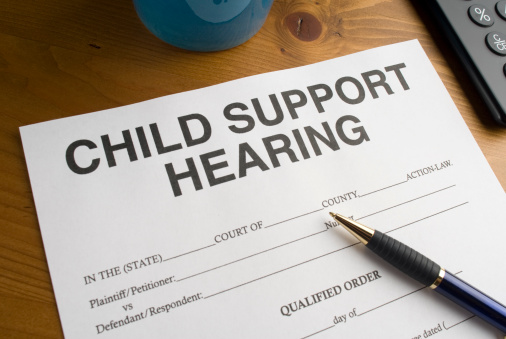 How to provide financially for children after divorce has been a much-discussed topic for decades. Courts have traditionally used child support guidelines established by state government to calculate a monthly payment from one parent to the other. The Minnesota guideline child support calculator incorporates a number of variables, including both parents’ incomes, number of children, parenting time percentages, and children’s medical and day care costs, in arriving at a monthly payment amount. While statutory formulas produce a number, they don’t always resolve the issue. Many unanswered questions may remain, such as:
“Is summer camp included in my child support payment?”
“Do I have to contribute toward dance lessons on top of my child support?”
“Our child needs private tutoring … does my ex have to pay half?”
“Who pays for hockey equipment and ice time?”
Ambiguity often results in conflict. Some couples return to court again and again to try to resolve questions like these. The emotional and financial costs of repeated court appearances add up in a hurry.
The Collaborative divorce process takes a different approach toward paying the children’s direct and indirect expenses. Parents compile a list of their kids’ direct expenses (clothing, haircuts, school lunches, daycare, summer camps, extracurricular activities, etc.) and then discuss options for paying these expenses. Some couples decide to fund a joint children’s account to be used solely for enumerated expenses. Others divide the expenses with mom paying some and dad paying some. Others decide to use the guideline calculator, spelling out how any additional expenses will be covered. Indirect expenses (housing and food) are included in each parent’s budget and are usually part of a more general discussion about support. Collaborative support agreements typically include periodic reviews allowing for adjustments as parents’ incomes and the children’s needs change. Plans like these can preemptively avoid repeated unpleasant discussions in the years following divorce.
If you are interested in learning more about the Collaborative process, please visit The Collaborative Law Institute of Minnesota’s website.
How to provide financially for children after divorce has been a much-discussed topic for decades. Courts have traditionally used child support guidelines established by state government to calculate a monthly payment from one parent to the other. The Minnesota guideline child support calculator incorporates a number of variables, including both parents’ incomes, number of children, parenting time percentages, and children’s medical and day care costs, in arriving at a monthly payment amount. While statutory formulas produce a number, they don’t always resolve the issue. Many unanswered questions may remain, such as:
“Is summer camp included in my child support payment?”
“Do I have to contribute toward dance lessons on top of my child support?”
“Our child needs private tutoring … does my ex have to pay half?”
“Who pays for hockey equipment and ice time?”
Ambiguity often results in conflict. Some couples return to court again and again to try to resolve questions like these. The emotional and financial costs of repeated court appearances add up in a hurry.
The Collaborative divorce process takes a different approach toward paying the children’s direct and indirect expenses. Parents compile a list of their kids’ direct expenses (clothing, haircuts, school lunches, daycare, summer camps, extracurricular activities, etc.) and then discuss options for paying these expenses. Some couples decide to fund a joint children’s account to be used solely for enumerated expenses. Others divide the expenses with mom paying some and dad paying some. Others decide to use the guideline calculator, spelling out how any additional expenses will be covered. Indirect expenses (housing and food) are included in each parent’s budget and are usually part of a more general discussion about support. Collaborative support agreements typically include periodic reviews allowing for adjustments as parents’ incomes and the children’s needs change. Plans like these can preemptively avoid repeated unpleasant discussions in the years following divorce.
If you are interested in learning more about the Collaborative process, please visit The Collaborative Law Institute of Minnesota’s website.
Zooming into a Stress-Free Divorce: How Zoom Meetings Offer Comfort and Convenience
In recent years, how we handle many of life’s pivotal moments, including the sensitive divorce process, has shifted dramatically. The introduction of tools like Zoom into the collaborative divorce process has transformed how meetings are conducted and brought...



